Flower Symbolism
A Language of Color, Beauty, and Emotion
Flowers have long been cherished not only for their beauty but also for their deep symbolic meanings across different cultures and traditions. Each bloom tells a story, conveying emotions, ideas, and values through its color, shape, and even scent. Flower symbolism has been a part of human history for centuries, appearing in literature, art, religion, and mythology. In this article, we’ll explore some of the most significant flowers and the meanings they hold.
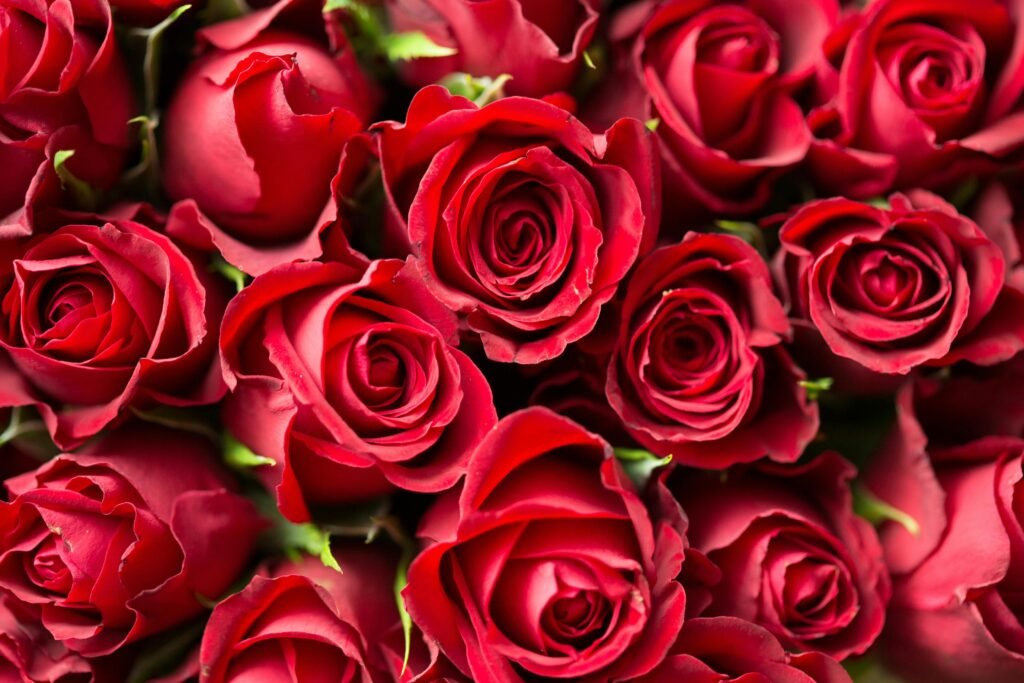
Roses: The Language of Love
Perhaps the most iconic flower when it comes to symbolism, the rose has been linked to love and passion for millennia. In ancient Greece and Rome, roses were associated with Aphrodite (the goddess of love) and Venus. The color of the rose further refines its meaning:
Red roses symbolize deep love, romance, and desire.
White roses convey purity, innocence, and new beginnings, often used in weddings and christenings.
Yellow roses are symbols of friendship, joy, and good health.
Pink roses represent gratitude, grace, and admiration.
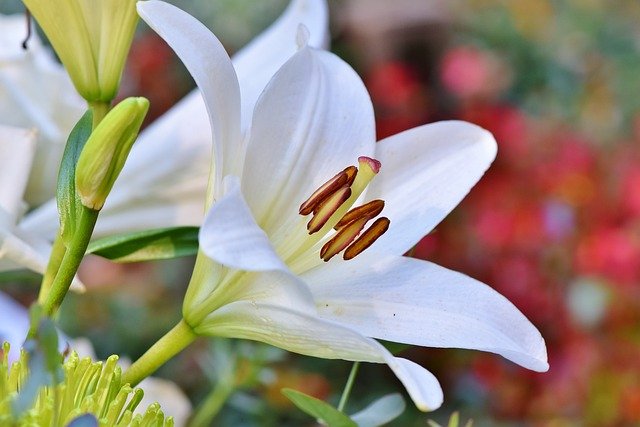
Lilies: Purity and Renewal
The lily is another flower rich in symbolic meaning, especially in religious and cultural contexts. The flower’s white petals symbolize innocence and new beginnings. In other cultures, lilies are seen as symbols of prosperity, fertility, and renewal, often appearing in celebrations of the spring season.
White lilies are commonly linked to purity and virtue.
Tiger lilies with their bold orange hue symbolize passion, confidence, and the promise of new beginnings.

Tulips: Perfect Love and Elegance
Tulips are among the most popular flowers worldwide, admired for their vibrant colors and elegant shape. The tulip’s meaning varies based on its color, but overall, it is a symbol of perfect love and elegant simplicity. The flower is most commonly associated with the Netherlands, but its symbolic meaning spans across many cultures:
Red tulips represent deep love and passion, often regarded as a declaration of love.
Purple tulips symbolize royalty, luxury, and admiration.
Yellow tulips are often associated with cheerful thoughts, but in some contexts, they also represent a sense of hopeless love.
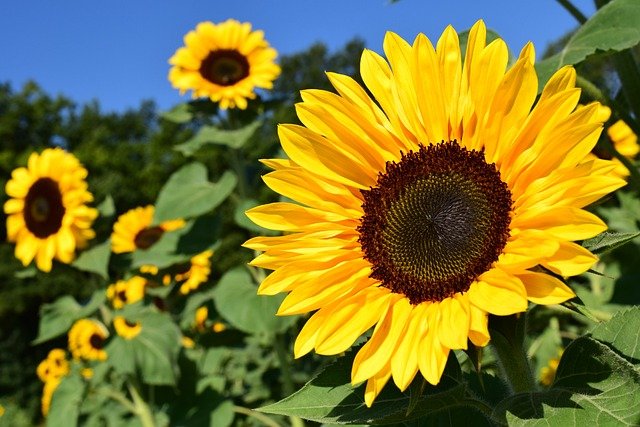
Sunflowers: Adoration and Loyalty
Sunflowers stand tall and proud, their golden petals reaching toward the sun, and as such, they have come to symbolize adoration, loyalty, and longevity. The flower’s association with the sun represents warmth, positivity, and energy. Sunflowers are often seen as a symbol of unwavering devotion, as they always turn toward the sun.
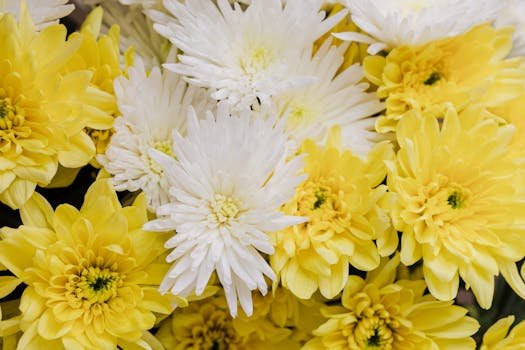
In many cultures, chrysanthemums are seen as symbols of longevity, honor, and good fortune. In Japan, the chrysanthemum is a national symbol, representing the emperor and the imperial family, while in China, it is often associated with autumn, endurance, and vitality. The flower is also a symbol of joy and celebration, particularly during festivals.
Red chrysanthemums symbolize love and passion.
White chrysanthemums represent purity and truth.
Yellow chrysanthemums are associated with neglected love or sorrow, but they can also symbolize a life well-lived.
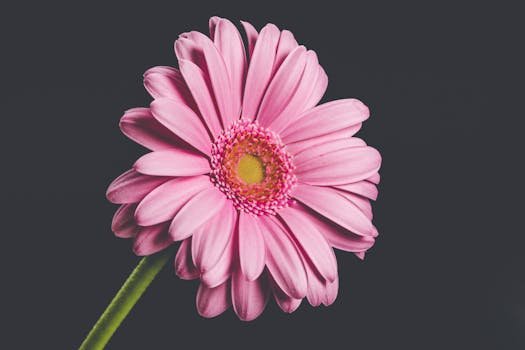
Gerberas: Cheerful and Innocence
The Gerbera is a vibrant, colorful flower known for its large, daisy-like blooms with petals in a variety of bright hues, including red, pink, yellow, orange, and white. It is part of the Asteraceae family and is prized for its cheerful, radiant appearance. Symbolically, the Gerbera represents happiness, innocence, purity, and beauty. It is often associated with joy and cheerfulness, making it a popular choice in bouquets and floral arrangements meant to convey positive emotions. The Gerbera also signifies friendship and is sometimes used to express admiration or appreciation for someone special.
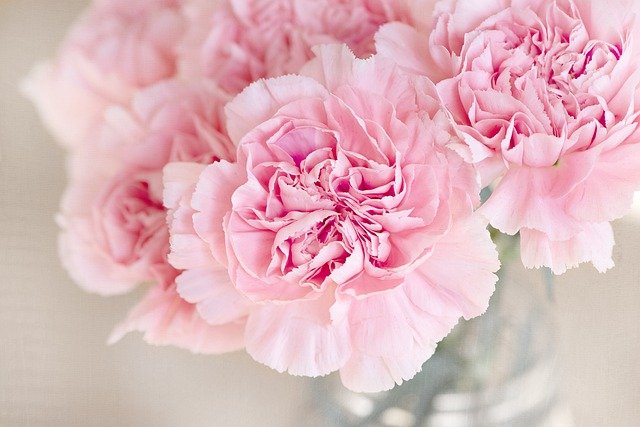
Carnations: Admiration and Fascination
The Carnation is a fragrant, multi-layered flower known for its frilled, ruffled petals and wide range of colors, including pink, red, white, yellow, and purple. As one of the oldest cultivated flowers, it holds deep symbolic meanings. The carnation often represents love and affection, with different colors conveying different sentiments.
Red carnations symbolize deep love and admiration.
Pink carnations represent gratitude and a mother’s love.
White carnations stand for purity and a deep, eternal love.
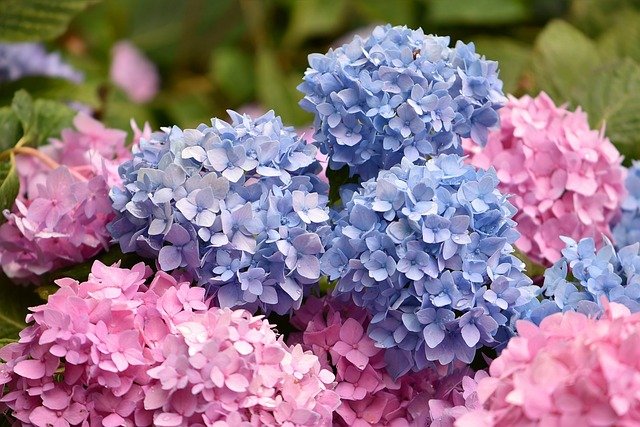
Hydrangeas: Gratitude and Abundance
The Hydrangea is a stunning flower known for its large, globe-like clusters of small blooms in shades of blue, pink, purple, and white. Its beauty and variety make it a favorite in gardens and floral arrangements. Symbolically, hydrangeas are often associated with gratitude, grace, and abundance. In some cultures, they represent emotional expression and understanding.
Blue hydrangeas symbolize serenity and apology.
Pink hydrangeas convey love and romance.
White hydrangeas represent purity and new beginnings.
Conclusion: The Silent Language of Flowers
From the red rose of passionate love to the humble gerberas of innocence, flowers speak in a silent language that transcends words. They convey complex emotions, ideals, and desires that connect us to nature, to each other, and to our own inner worlds. Whether used in bouquets, art, or rituals, flowers continue to serve as symbols of our most profound feelings, capturing the essence of human emotion in ways words sometimes cannot.
As we celebrate these blooms, it’s important to remember that each flower carries with it a message — an invitation to connect with the deeper meanings and emotions that these beautiful plants represent.